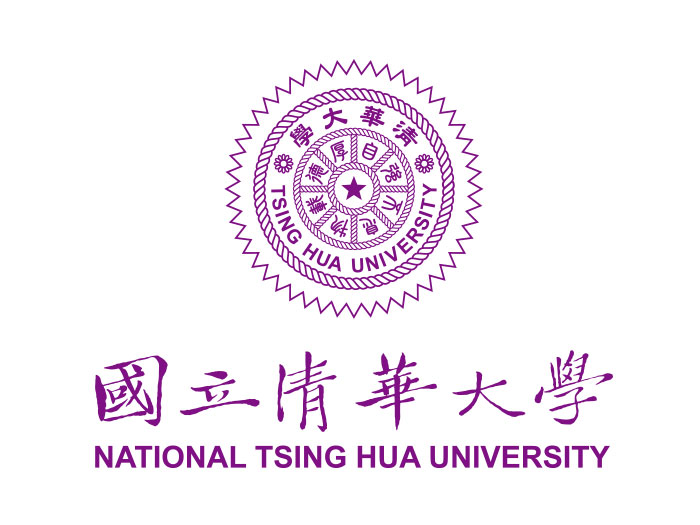The Tsing-Hua University Endowment Fund


The origin of the China Foundation was to receive and manage the Second Remission from the U.S. Due to good management, it was entrusted for management with other endowments, such as the Fan Memorial Institute of Biology Endowment Fund and the Chinese Social and Political Science Association Library Endowment Fund; and the Tsing-Hua University Endowment Fund (referred to hereinafter as Tsing-Hua Fund). Among these, the Tsing Fund was the largest.
The source of the Tsing-Hua Fund was the First Remission of the overpaid Boxer Indemnity by the U.S. Government, in the amount of more than 28 million U.S. dollars, to be repaid by monthly installments over thirty-two years, from 1909 to 1940. The major purposes for the fund were to provide funding for setting up Tsing-Hua School and sending students to study in the U.S. At the earlier period, there was neither budget for the expenditure, nor management office specifically in charge. Only until 1917, the U.S. Minister to China, Minister and Vice Minister of the Chinese Ministry of Foreign Affairs formed a 3-man Tsing-Hua Fund Committee to appoint members; to draft constitution and to organize a board of the Endowment Fund. The duty of the board was to review the usage of the funds in order to safeguard the assets of the Endowment (50). In 1928, the U.S. Ambassador in Peking instructed its Counselor in Nanking to convene a meeting of the Board of Trustees of the Tsing-Hua University Endowment Fund with the Minister of Education and Minister of Foreign Affairs of the Nanking Government. The board decided to entrust the Tsing-Hua Fund to the China Foundation for permanent custody. Later, Minister Chiang Mon-Lin of the Ministry of Education formally wrote a letter to the China Foundation to propose the entrustment. The board of the China Foundation at the 5th Meeting in 1929 agreed to the proposal and consented to be the custodian of the Tsing-Hua Fund.
In August, 1929, the China Foundation laid down “the Rules for Custody of the Monthly Remissions of the Tsing-Hua University, and “Rules relating to the Permanent Custody of the Tsing-Hua University Endowment Fund”. These would put the income and endowment into separate accounts. The former was relating to the management of the payments of the Remission. The China Foundation made monthly payments according to the budgets of the Tsing-Hua University approved by the MOE for the expenditures of the Tsing-Hua University and of the students who were sent to study in the U.S. From 1929 to 1931, the monthly remission payments were used to remit funds to support the students in the U.S., while the balances were paid to the Tsing-Hua University. From 1932 to 1940, after paying for the upkeep of the students in the U.S. plus fixed expenditure of the Tsing-Hua University in the amount of CN$1,200,000, the balance of the payments of the Remission were to be used first to pay the principle and interest owed by the Tsing-Hua University to the Tsing-Hua Fund and if there was any leftover, it was to be ploughed back to the Endowment. For the years before payments were stopped in 1939, the annual income is listed in Table 2-8. The average annual income was CN$3,8 millions and the payments for expenditures of the Tsing-Hua University and students in the U.S. were between one to three million CN dollars. The balances were used to repay the loan owed by the university to the Tsing-Hua Fund. The loan was paid up in 1933-1934 two-year period. From 1934, a surplus of about one million CN Dollars was added to the endowment every year, increasing the total amount of the endowment.
The major difference between the Tsing-Hua Fund and the China Foundation Fund was the stipulation that the principle and income of the former could not be used during the period of the indemnity payments. At the expiration of the said payments, income was only available for the maintenance of the National Tsing Hua University. With the investment income ploughed back to the Endowment, more monies could be used for investments. When in August, 1929 the China Foundation formally accepted the custody duty for the Tsing-Hua Fund; its assets were classified into three categories:
1) The available funds, including fixed deposits with banks and marketable securities.
2) The receivable funds. This represents the loans to the Tsing-Hua University by the Board of the Trustees of the Tsing-Hua Endowment Fund, to be repaid in future.
3) Reserve funds of undetermined value, including all fixed deposits which were overdue and not repaid, and securities having no market value.
| The Educational and Cultural Activities of the China Foundation |
|---|
| 1. Self-conducted projects (or Direct Enterprises): These included the science professorships in normal colleges, science research prizes and the fellowships programs, science research professorships, Committee on Editing and Translation (reorganized from the Science Education Advisory Committee), Institute of Social Research, and Soil Survey. |
| 2. Projects in cooperation with other institutes and organizations (or Cooperative Enterprises): These included National Library of Peiping, Fan Memorial Institute of Biology, and the Research Fund in cooperation with the National Peking University. |
| 3. Grants and other miscellaneous subsidies to the educational and cultural institutions (also called Grants to the Subsidized Institutions). |